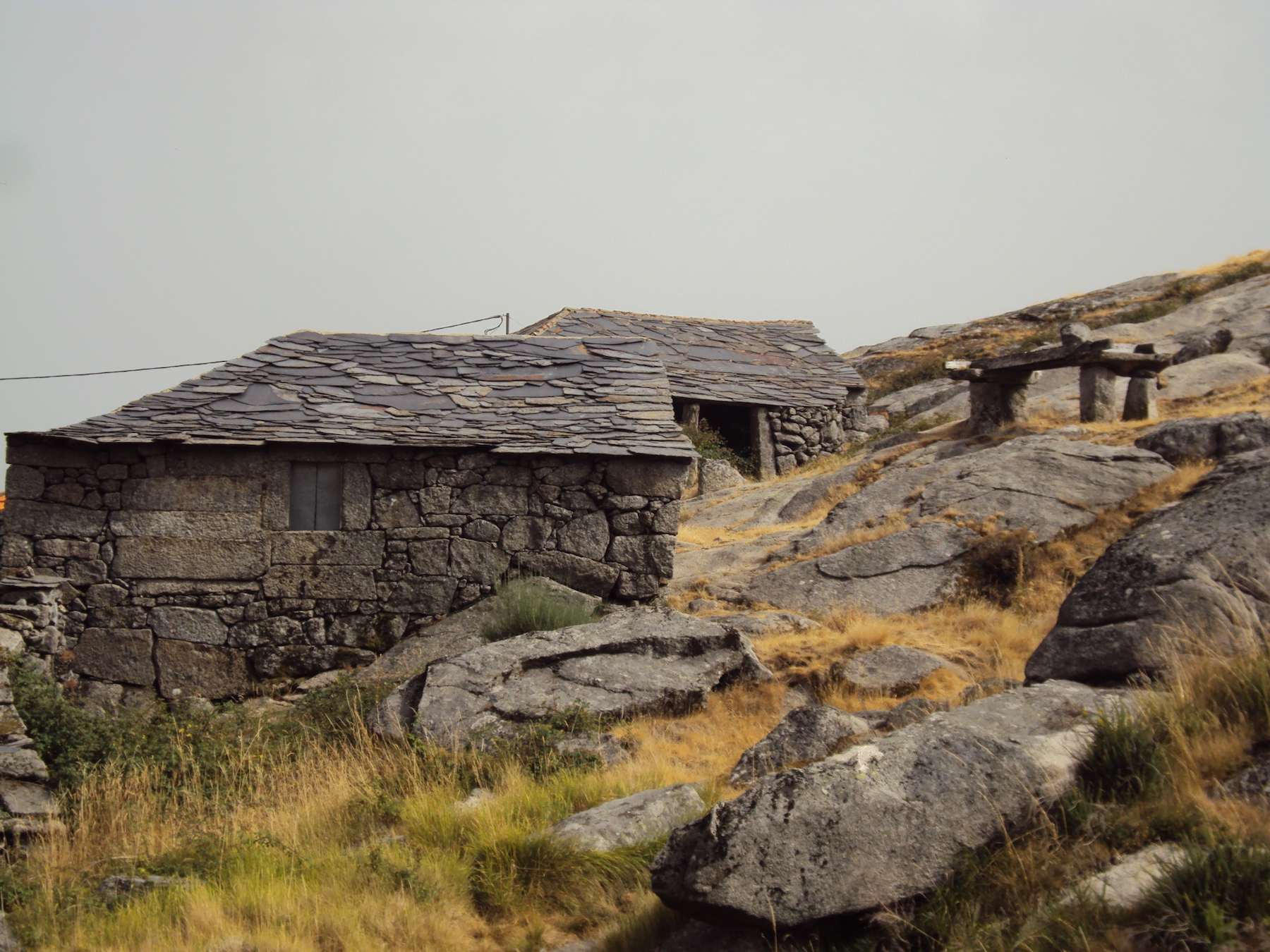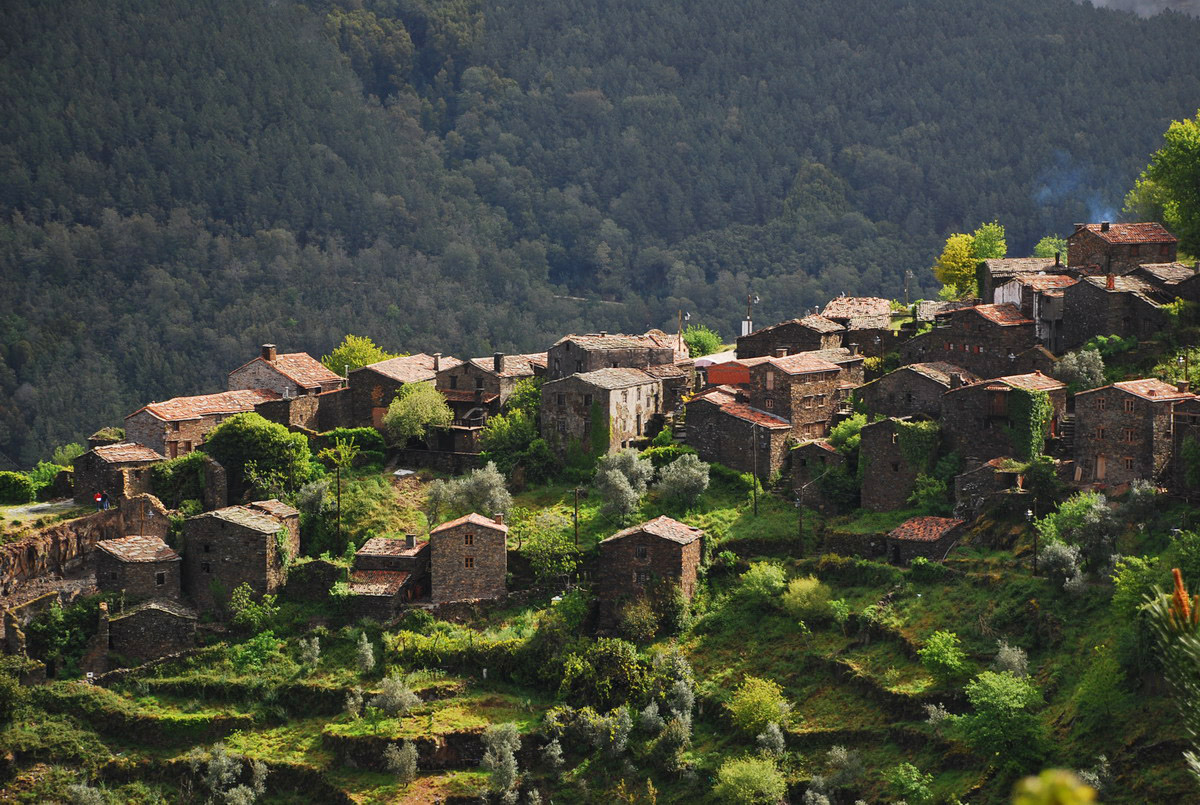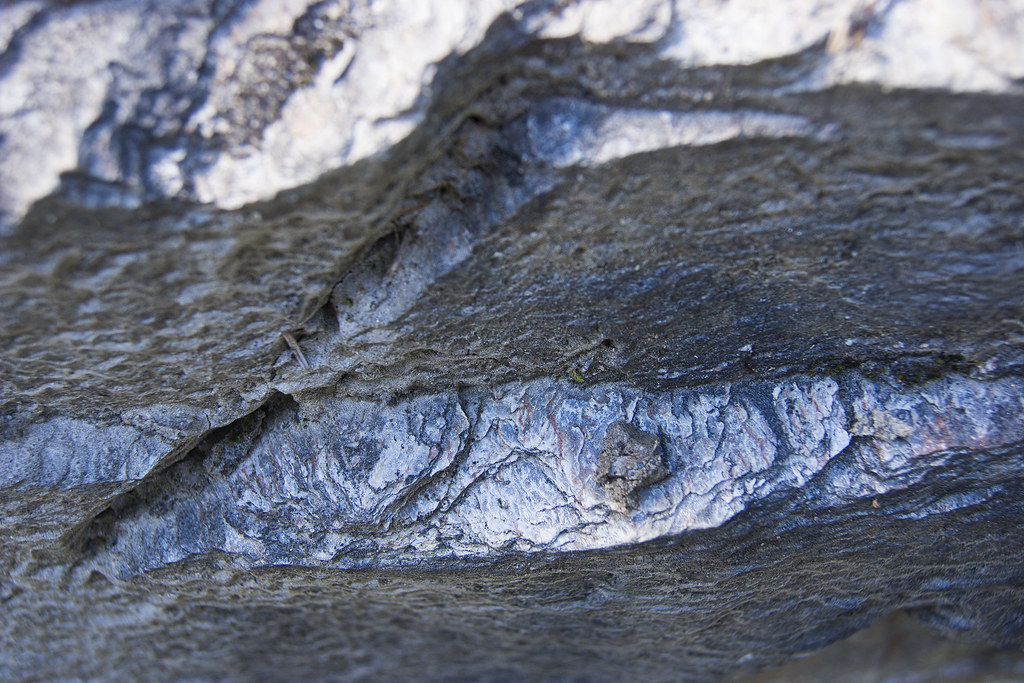Portuguese shale: from Douro to the world
A million-year-old stone with countless applications
18.06.2019
Formed about 500 million years ago in the Douro quarries, shale — a commonly used name for an array of metamorphic rocks — is a raw material that carries multiple possibilities. Its characteristically dark tonality makes villages such as Piódão or Talasnal truly unforgettable places; and it has also been conquering the international market.

Talasnal, one of the Portuguese historical shale villages © Tania & Artur
The use of Portuguese shale started about two centuries ago, with owners of winery lands using it to outline their parcels of land. Alongside the banks of the Côa river there are shale stones that date back to the Paleozoic era, its tones varying along the spectrum of Earth colours. It is still possible to extract these stones to this day and this combination of features is unique in the world.

© Remi Mathis
There are three shale extraction and transformation companies in the region. This Portuguese stone is exported to countries such as Germany, France, Russia, Poland and the US in order to be applied on facades or furniture.
Shale’s porosity, texture, resistance and colour variations make it a singular stone – which can greatly contribute to the appreciation of Portugal’s natural resources and industry.

© khasut
–
Sources:
Renascença
El Diario